Learning to Swim as an Adult: Tips to Help You Get Started
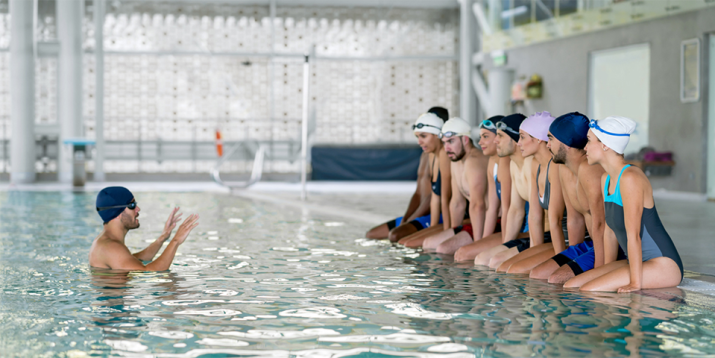
Even for the fittest athletes, learning to swim as an adult can be a challenge. For example, Exavier Watson is extremely fit by most accounts.
A competitive runner with a 4:57 mile to his name, he has completed numerous half marathons and other road races, often placing high in the rankings.
He is a black belt in karate, and works out up to seven days a week.
But when Watson, 40, took up swimming with the goal of competing in a triathlon, he felt like his fitness had failed him.
“I’d get across the pool and was barely able to catch my breath,” he recalls. “I’d inhale water, freak out, and quit for the rest of the day.”
Watson is not alone. According to a recent survey by the American Red Cross, more than half of all Americans either can’t swim or do not have all of the basic swimming skills.
And of the adults surveyed, only two percent expressed interest in taking lessons. After all, learning to swim as an adult is not only physically challenging, but it can be intimidating as well.
Can Adults Learn to Swim Easily?
For many non-swimmers, fear and anxiety about drowning are huge barriers to getting in the pool. “There’s always that thought that I’m going to black out and sink,” shares Watson. “It’s hard to shake the fear of drowning.”
But learning how to swim as an adult isn’t impossible. Now a year into his swimming journey, Watson is feeling much more comfortable in the pool.
“Just like anything challenging, it has taken a lot of patience and time,” he explains. “I still have the goal to compete in a sprint triathlon by the end of the summer.”
How to Learn to Be Comfortable in the Water
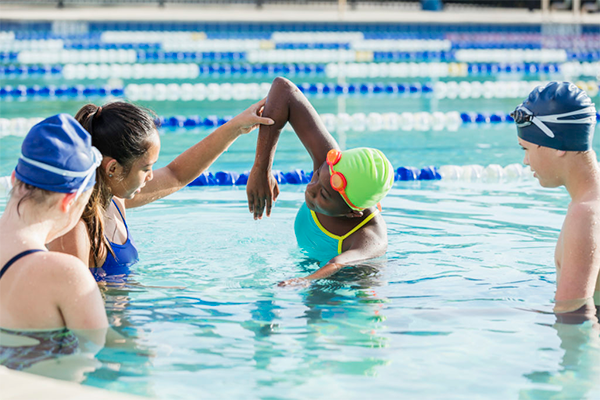
Learning how to swim starts with first telling yourself you can — and being willing to accept that it will very likely be a tough journey at first.
It’s totally normal to have anxiety about swimming — there are real dangers to being in water and not knowing how to stay afloat.
But having anxiety about drowning can be something that interferes with your stroke and can make swimming seem harder than anticipated.
When you’re uncomfortable and tense in the water, you use more energy than necessary, which can be exhausting.
One way to get past the anxiety of learning this new skill?
Take time to calm your nerves well before you get in the water, says Raquel Torres, a USAT Triathlon Level 1 coach and elite triathlete who has competed professionally for the Dominican Republic.
“Spend five minutes before you get in the water visualizing the experience,” she says. “Think about every detail: your strokes, your breathing, your kick.”
She suggests you practice how you’ll react to unknown factors, such as getting tired or becoming fearful in the water. “This mental exercise will help your mind and body become synchronized and boost your confidence.”
Learning to Swim: How to Get Started
Once you’re in the right mind space, it’s time to conquer the physical barriers. While some adults are able to teach themselves to swim with YouTube videos and how-to manuals, most experts agree that regular lessons with a certified instructor are key to learning efficient, proper strokes.
Adult swimming lessons are available just about anywhere (check your local YMCA or the USA Swimming Foundation to find options near you).
Specialty swim schools, like British Swim School and SwimLabs, are also popping up around the country, focusing specifically on small groups or one-on-one instruction, often offering more in-depth analysis, like video feedback technology, which lets you study your stroke to improve your form and adjust your technique.
How long does it take adults to learn to swim?
How long it will take to learn the basics of swimming depends on the individual — some people are swimming comfortably after a few months while others may need longer.
As with learning any new skill, consistency is key to not only getting more efficient and confident in the water, but also getting past the fear of swimming.
“Anxiety generally comes from a lack of familiarity,” says Gerry Rodrigues, founder of the Tower26 swim team in Los Angeles and a longtime swim coach. “So have a plan and execute it frequently. Once you do it enough times, you’ll fear less and be much more confident in the water.”
Swimming Drills for Beginners

Once you have a grasp on the basics of swimming, you can start to refine your stroke. Incorporating swim drills into your workout can help you improve your form and stroke, and target certain problem areas.
“Working on drills isn’t always the most fun thing to do, but they’re a must when it comes to your swimming economy,” says Dominic Latella, co-owner and lead instructor at the SwimBox in Fairfax, Virginia. “A well-designed machine doesn’t have any unnecessary parts or movements.” Swimming drills can help you work out any kinks that may be holding you back or slowing you down.
Here are a few drills to try:
1. Toy soldier kick
- Face the pool wall and grab onto it with both hands.
- Push your body out to a prone position, and slowly start doing flutter kicks.
- Keep your knees and ankles stiff to eliminate as much bend in your knees as possible.
- Keep your feet close to the surface as you kick with straight legs.
THE FOCUS: Keeping your knees locked forces you to kick from your glutes and your hamstrings, boosting hip stability, balance, and power.
PRO TIP: As you kick, remember to engage your core. Think about drawing your belly button into your spine to tighten your abs.
2. Windmill
- This is an exaggerated freestyle stroke. As you perform large, open strokes, point your fingertips straight up toward the ceiling as you bring your arm up out of the water.
- Let your your chest, hips, and legs rotate sideways.
- Once your arm travels past your shoulder as it comes forward, rotate your hips downward to optimally position your arm as you place it back into the water, bringing your other arm out of the water to continue this alternating swim stroke.
THE FOCUS: Big windmill strokes help rotate your body to 90 degrees, which works on body rotation and core control.
PRO TIP: Keep your head and neck still. Your chest, hips, and legs will rotate sideways with each stroke, but your face should stay firmly locked looking at the bottom of the pool.
3. Fingertip drag
- Start by swimming freestyle.
- Each time you bring your hand forward to begin the stroke, drag your fingertips along the top of the water instead of lifting your hand all the way out of the water.
THE FOCUS: An exaggerated drag of your fingertips along the surface of the water encourages efficient recovery, and sets you up for an optimal stroke.
PRO TIP: Think about keeping your elbow pointed toward the sky, so your fingers are pointed down into the water.
Pack Your Swimmer’s Starter Kit
Packing up for the pool? Make sure you have these essentials in your bag!
1. Competition swimsuit
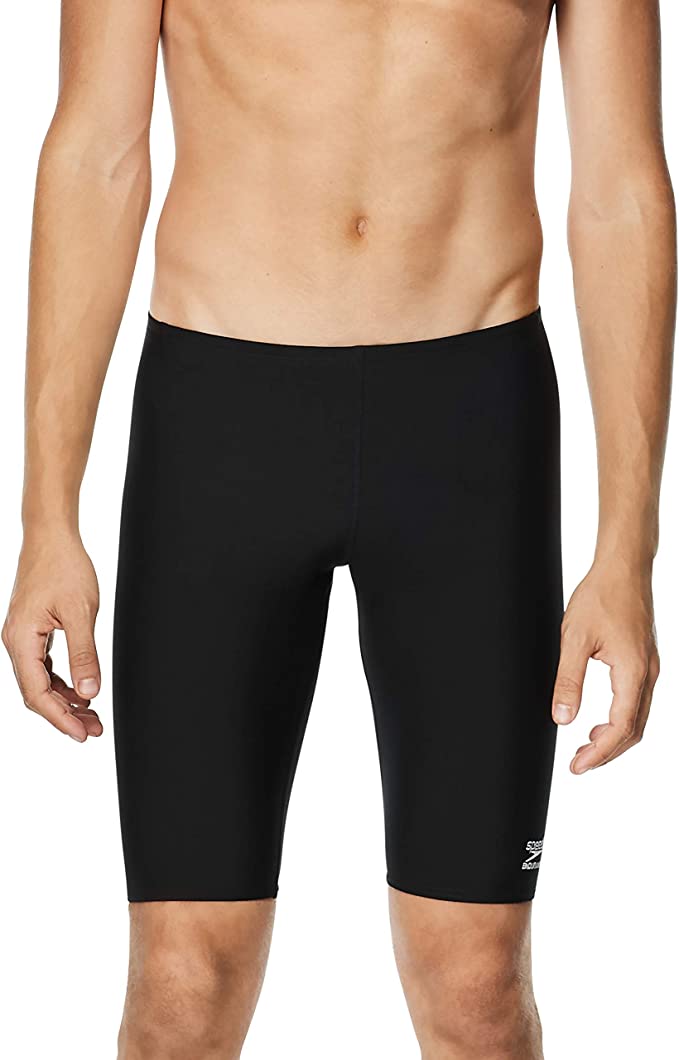
Even if you never plan to swim a race in your life, you’ll still want to look the part.
Snug-fitting, supportive swimsuits (look at brands like Speedo and TYR) will make you feel sleek in the water — and you won’t be distracted by loose waistbands and slipping straps.
And don’t worry — this doesn’t mean you have to wear a super small swimsuit. There are plenty of more modest options that look like biking shorts, instead of briefs!
2. Quality swim goggles
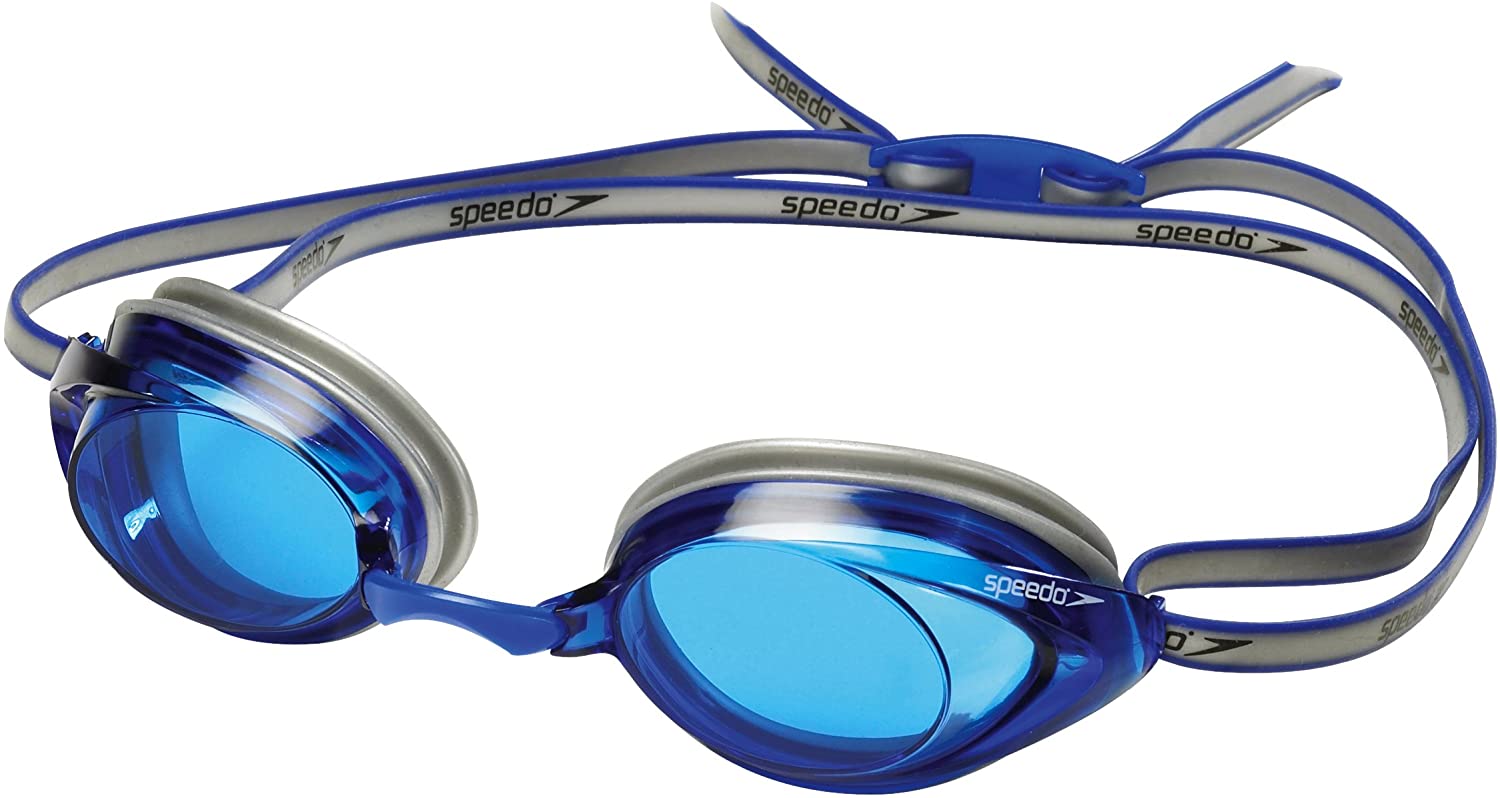
Go ahead, splurge on the goggles.
You may be enticed by the price tag of cheaper goggles, but a quality pair will prove to be the better investment as they are less likely to break, scratch, or leak.
The Speedo Vanquisher 2.0 is a favorite among many swimmers with a reasonable price point.
3. Kickboard
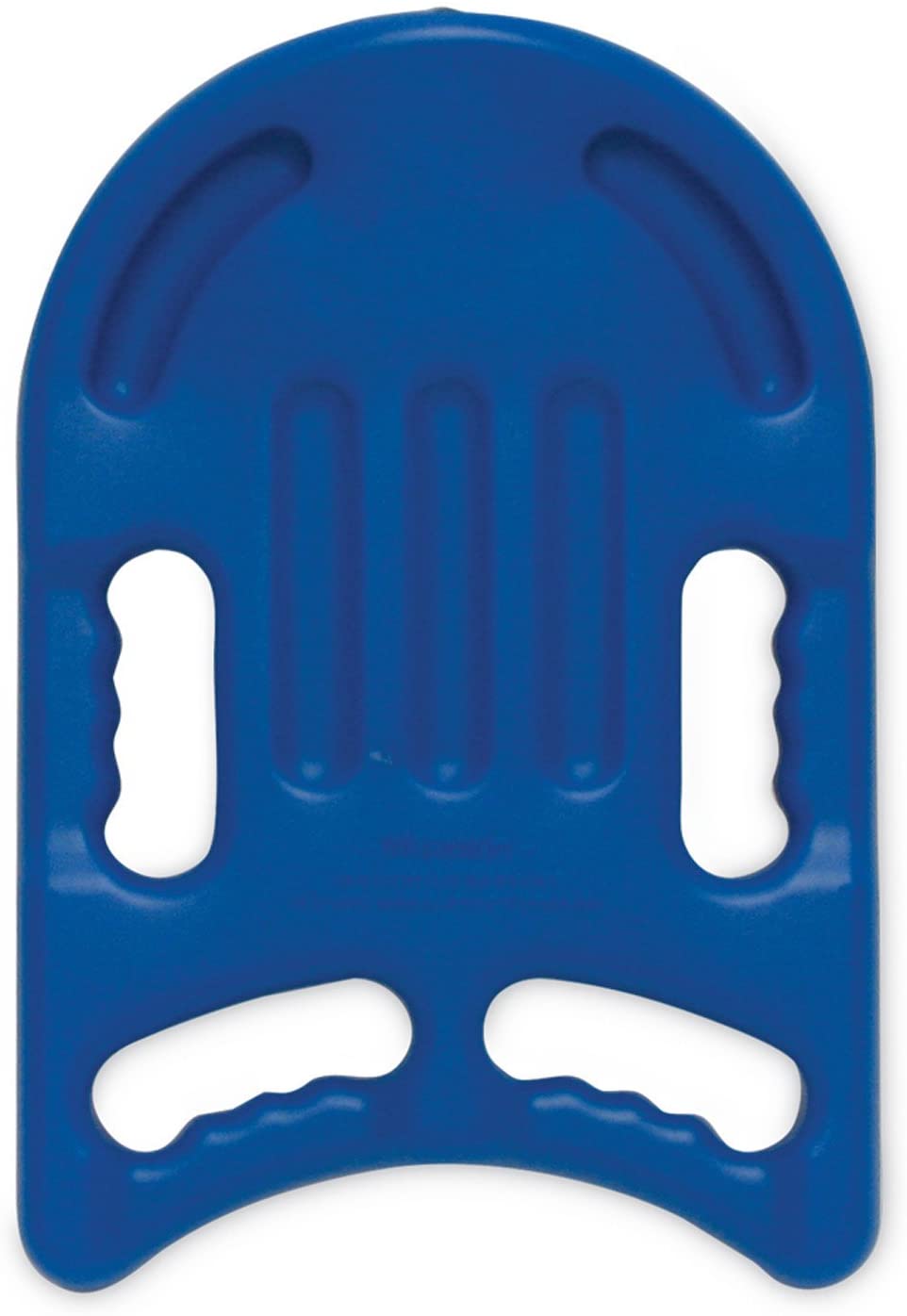
Many pools have plenty of kickboards lying around, but if yours doesn’t, you’ll want to pick up this piece of essential gear.
A kickboard is especially key for beginner swimmers — it can help you stay stable and streamlined in the water as you practice your kicks.
4. Chlorine-removing shampoo, conditioner, and soap
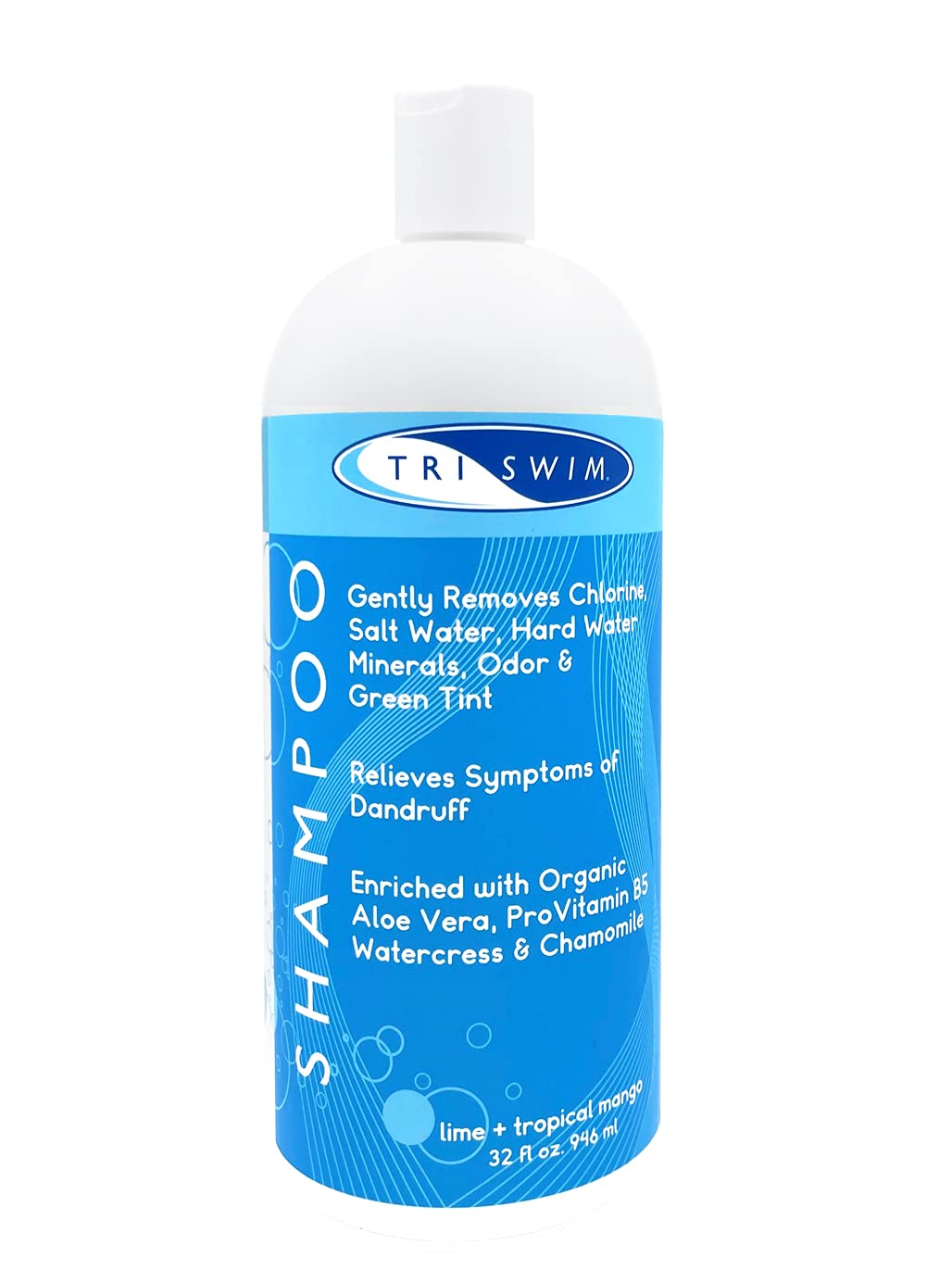
This one isn’t totally necessary for the actual swimming part of learning how to swim, but it can help make your time in (and out) of the pool more enjoyable.
To prevent your hair from smelling like chlorine or getting damaged by it, pick a specialty shampoo.
Try out this chlorine-shampoo, or browse SBR Sports Inc. for more products for your hair and body.
